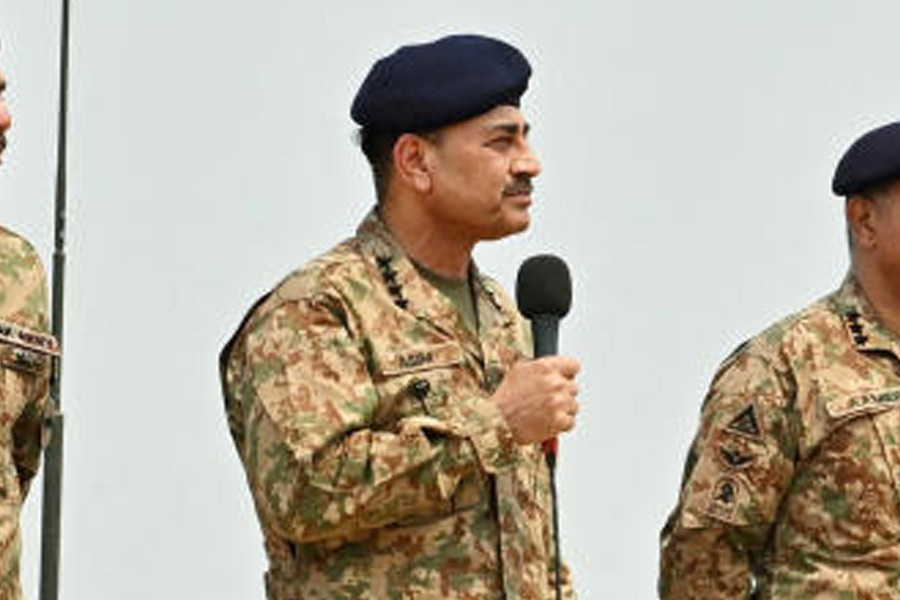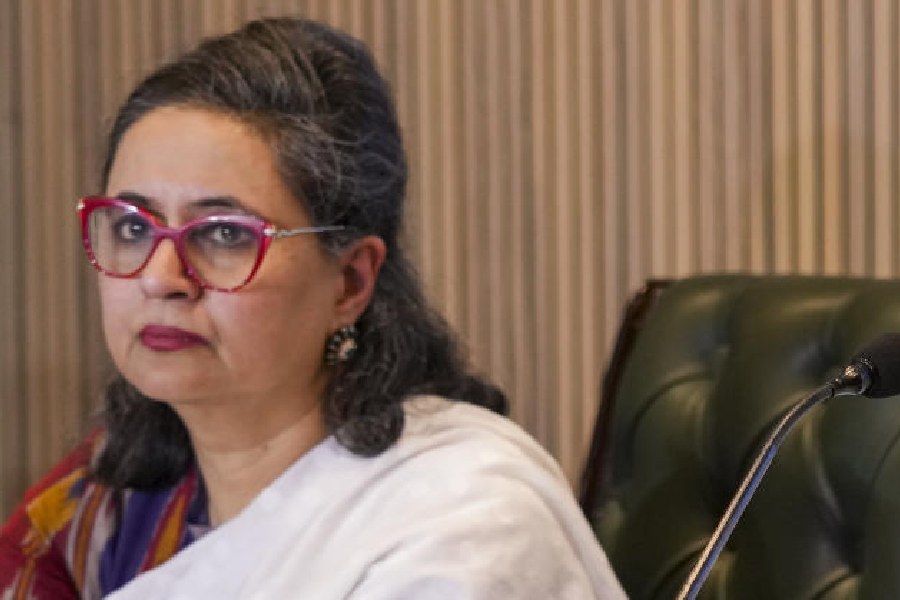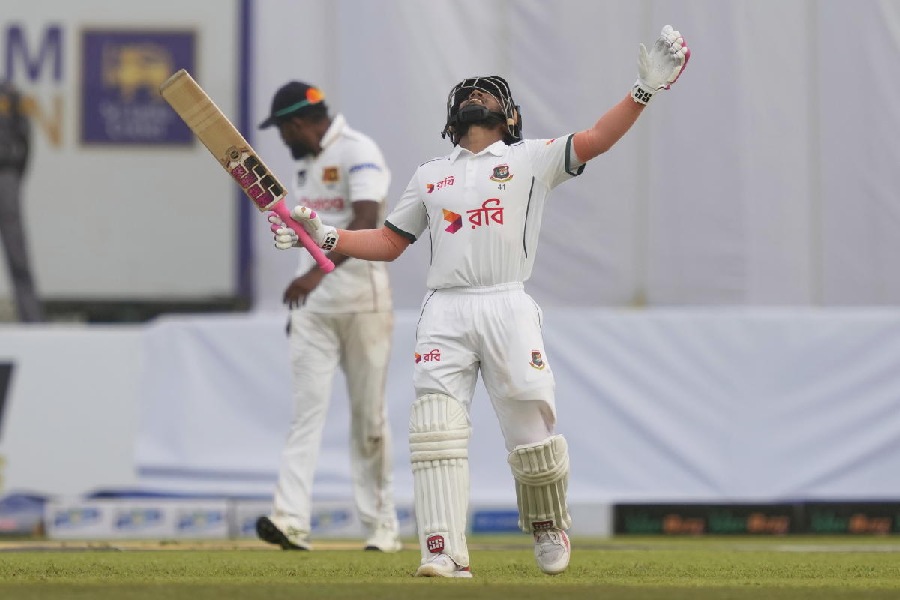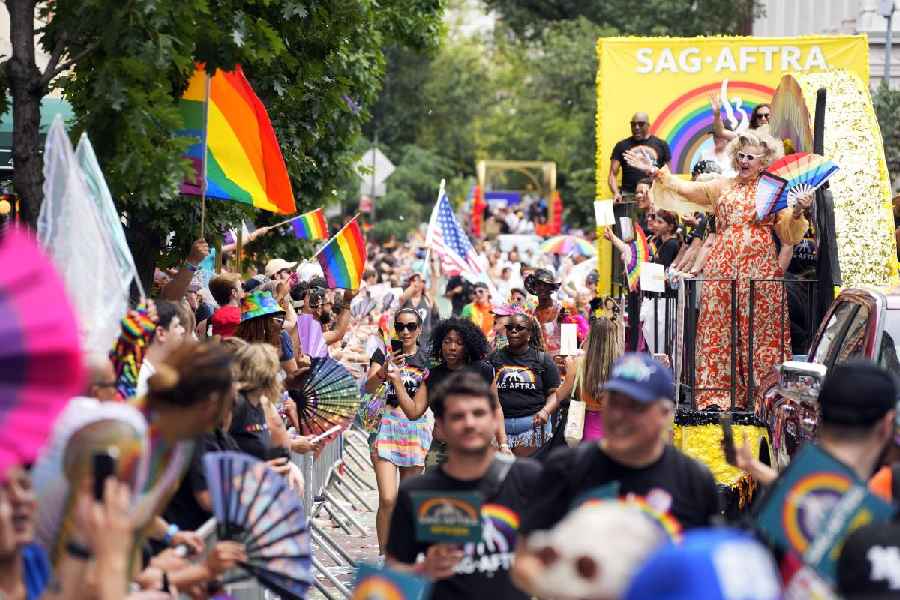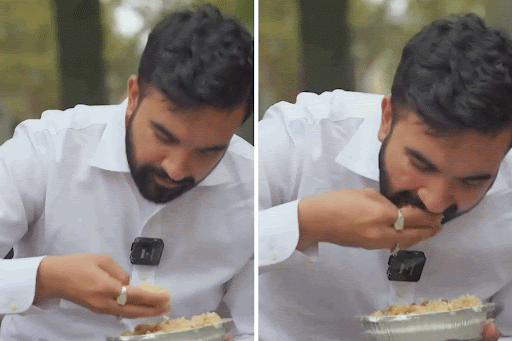 |
| Entrance to the museum |
Many Calcuttans may know that Bollywood superstar Aamir Khan is a descendant of Maulana Abul Kalam Azad and has named his little son after the freedom fighter, but few know of Azad’s house at 5 Ashraf Mistry Lane, opposite the Ballygunge Military Camp gate.
Twenty-five years ago, at Azad’s centenary, it was suggested that the house in which he lived with his wife Zulaikha Begam and hosted many Congress meetings be made into a memorial museum. The issue was taken up by the Maulana Abul Kalam Azad Institute of Asian Studies when it came into being in 1993.
The institute, then based in Behala, got possession of the building from the state government. But the premises had been scarred by commercial misuse. Funds from the ministry of culture facilitated repairs (by the CPWD) and establishment of the museum. After it was renovated, the institute moved into the building in 2005 and the museum was inaugurated the following year.
 |
| A room inside |
But the museum did not gain much public attention. According to Sreeradha Datta, the director of institute, the average monthly footfall is less than 10.
Little surprise because the bulk of the museum’s collection of books, journals, personal objects, furniture, crockery or textiles still lie stashed in cupboards and trunks. Most of these had been procured from people close to Azad, like Said Alam in 2007 and Abdus Salim in 2011.
A revamp of the museum started in earnest in 2012. Datta entrusted Indian National Trust for Art and Cultural Heritage (Intach) with the task of creating an inventory of the entire collection. This was completed three months back and since then Datta has called several meetings to get together a “board of experts from various fields who can contribute to the initiative”.
 |
| A ceramic soup bowl with the Tricolour |
Gautam Sengupta, director, state directorate of archaeology and museums, academician Sukanta Chaudhury and Amlan Dasgupta, the director of the Jadavpur University School of Cultural Texts and Records, have been brought in.
Even a cursory look was enough to convince Dasgupta of the importance of the documents and their fragility, he told Metro.
“Most of them are printed on poor quality paper — newspapers, cheap journals and almanacs. We are informally considering the possibility of digitising and conserving some of the major documents. We have the skill and the gadgets required, so this could be done in a week.”
According to Rajarshi Ghose, a faculty member of the Centre for Studies in Social Sciences and a former institute fellow who has studied the documents, most of Azad’s extant books, manuscripts, and journals are with the Indian Council of Cultural Relations, New Delhi.
At the institute, there are about 500 items mostly in Urdu from the late 19th and early 20th century including pedagogical and political tracts, religious and literary works, old newspapers, petitions, proceedings of the Congress Working Committee meetings, rare photos and testimonials from the collection of Azad and his family. For instance, there are 26 extremely rare Urdu almanacs which catered to both Hindus and Muslims, a book by Azad’s father, a Urdu biography of Prophet Mohammad published by the Brahmo Samaj, a peon-book used in Azad’s ministerial office, a book that Abul Ala Mawdudi, the founder of the Jamaat-i-Islami had inscribed and gifted Azad before their relationship soured, early 20th century multi-volume Urdu textbook for women called the Ataliq-iniswan, rare issues of Urdu journals like Maarif, Hamdard Sehat, Memon.
One of India’s foremost freedom fighters, Abul Kalam Ghulam Muhiyuddin, better known as Maulana Abul Kalam Azad was born on November 11, 1888, in Mecca. His father, Maulana Khairuddin Dihlawi, was a Sufi pir who came to Calcutta with his family for a visit but was held back by disciples and lies buried in Maniktala.
Azad spent his childhood in Amratalla Lane, Chitpur, and continued living in Bengal for the better part of the pre-Independence years. Inspired by the likes of C.R. Das, Aurobindo Ghose and Shyam Sundar Chakravarty, he joined the Nationalist movement.
Journals Al-Hilal and Al Balagh launched by him were banned by the British for propagating anti-colonial politics. He opposed the partition of Bengal and was repeatedly arrested for non-cooperation in the Khilafat movement, participating in Gandhi’s Salt Satyagraha etc. When his wife Zulaikha Begam died at 5 Ashraf Mistry Lane in 1943, Azad was in Ahmednagar Fort participating in the Quit India Movement. He left Bengal only to take up the post of Independent India’s first minister of Education.
 |
| The Bharat Ratna medal awarded posthumously to Azad in 1992 |
In the collection is a pair of intricate handcrafted zari garlands labelled “those used in Muslim weddings”. The rich zari bears symbols of the lion and the unicorn. In contrast, a ceramic soup bowl bears the Tricolour. The zari badge inscribed ‘President’ that Azad wore at the Congress special session in Delhi in 1923 and the Bharat Ratna posthumously given to him in 1992 are also there. Azad’s walking stick, spectacles, leather bag and trademark topis in wool and cotton give a touch of intimacy to the collection.
Remarking at an oversize embroidered choga, said to have been a gift of the king of Saudi Arabia, Datta said that after the death of Azad’s nephew Nooruddin Ahmed , it is difficult to identify each and every bit of furniture, crockery or handis.
“We don’t even know which room was used for what or how they looked. So instead of attempting to recreate the home of Azad, this could be a museum dedicated to the freedom movement in Bengal. That would be a cherished landmark in the city,” said Datta.


